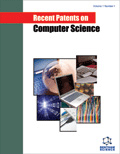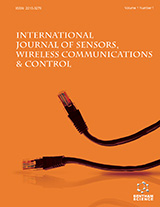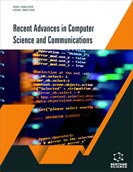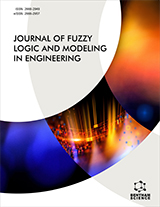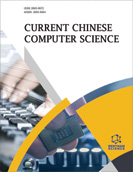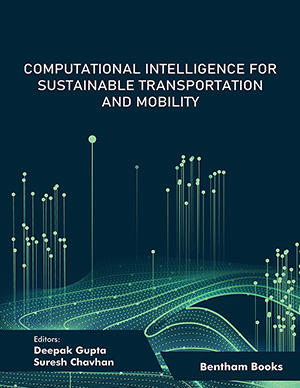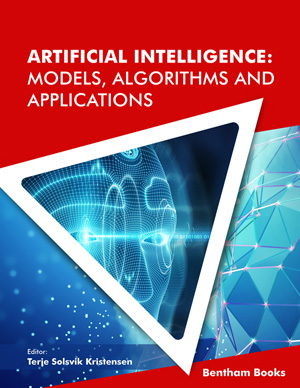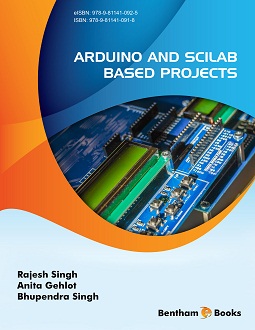Abstract
The rising number of traffic rule violators, as well as the resulting mishaps,
has made road safety a major concern. Detection of traffic rule violators is challenging
due to various difficulties such as occlusion, illumination, poor quality of surveillance
video, varying weather conditions, etc. The existing surveillance systems are primarily
dependent on the performance of human operators who are unrealistically expected to
simultaneously watch many screens that show streams captured by different cameras.
The task of these operators is becoming more difficult as the number of simultaneous
video streams to watch increases. It is well-known that after twenty minutes of
continuous work, the operator's attention degrades significantly. Thus, there is a need
for an automatic detection system. This research aims to increase the installations of
new cameras covering more areas. It will help overcome all the difficulties mentioned
above and ensure motorcyclists' detection without helmets using the CCTV cameras'
footage and machine learning algorithms. It will help law enforcement by police and
eventually change the risk behaviors of motorcyclists. Consequently, the number of
accidents and their severity will reduce.
Keywords: Avoid Accident, CCTV, Classification, CNN, CPR, Desktop application, Frames, Helmet Detection, Law Enforcement, License-plate Recognition, Machine Learning, Noise removal, Object detection, Object localization, Preprocessing, Segmentation, Surveillance, SVM, Traffic Rule, Video.



